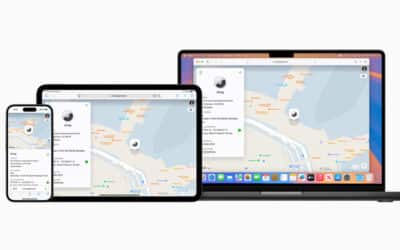This summer, I traveled after a total knee replacement. I learned a lot about handicapped traveler programs.

Washington Dulles Airport was the start and end of my handicapped adventure.
I traveled through Dulles International Airport (IAD) in Northern Virginia, John F. Kennedy Airport (JFK) in New York, and Madrid-Barajas, Spain (MAD). I registered as needing a wheelchair or as a handicapped traveler. That was key at each of these airports. The walking distance was amazing.
At Dulles International Airport, we took elevators and subways and walked amazing lengths. At JFK, even though the terminals are separated by airlines in some cases, they have the same issues. And in Madrid, I learned my last time there that you had to make reservations in advance, or you were out of luck. However, was I happy that I had a wonderful wheelchair pusher at each terminal.
At all airports, handicapped travel begins with arrangements for wheelchair assistance. This is even more important for foreign airports. If you don’t make prior arrangements, you are a second-class citizen and will have to deal with a standby situation.
The #1 issue is walking distance.
 This translates also to the distance from the metro or subway system to the airport’s handicapped operation. At Dulles International Airport, the new metro stop is literally at least a mile from the check-in counters where the major airlines are. Plus, the metro station is not serviced by any lavatories. This is a double whammy for handicapped passengers. It certainly was for me.
This translates also to the distance from the metro or subway system to the airport’s handicapped operation. At Dulles International Airport, the new metro stop is literally at least a mile from the check-in counters where the major airlines are. Plus, the metro station is not serviced by any lavatories. This is a double whammy for handicapped passengers. It certainly was for me.
Theoretically, there is a bus from the metro to the terminal. I missed the signs when arriving. Upon return, the wheelchair pusher took me to the beginning of the tunnel back to the metro. To be honest, I have never seen the metro bus.
I arrived at the check-in counter for departure after two question sessions with the efficient volunteer information desk. First, where are the closest restrooms, and second, what is the best way to my airline’s check-in counter? I then proceeded to the proper counter. Incidentally, I was a First Class passenger.
Anyone who has flown into or out of one of these three airports knows the daunting task of just walking to the gates, then to baggage claim, and then to the exit for the buses and taxis. JFK has long distances and long waits for baggage.
At Madrid-Barajas International Airport, the distances from the train that accesses the gates and baggage claim are dramatic. If you have no idea of the distances and think you can make the walk to your departure gate or to baggage claim, think again — you almost cannot imagine the amount of walking.
Dulles International Airport (IDA), Washington, DC
At Dulles Airport, the wheelchair operators hover near the check-in counters. Assistance is easy to find and very good once you have a wheelchair. If you are planning on relaxing in an airport club, make sure they exist at the airport you are departing from or where you are changing planes. Few experiences are less enjoyable than arriving at the departure gate and waiting for a plane to arrive or depart. My airline had no club at Dulles.
John F Kennedy International (JFK) in New York City
At JFK, all terminals have long distances to walk. Get ready to go with your wheelchair assistant. Where airline clubs are available, they can be long distances from the clubs. Don’t forget: When returning from overseas, baggage must be picked up and then rechecked for a connecting flight.
Madrid-Barajas International Airport (MAD)
This may have the longest walking distance of any airport I have personal knowledge of. The distances from the metro to the departure gates (and the arrival gates) are truly monumental. Folks with wheelchair assistance are taken underground in vans between the main terminal and the gates at Terminal 4. Some US airlines arrive at Terminal 2. Distances are major wherever you land, so be ready.

The bottom line: Before heading out to any airport, whether overseas or domestic, do your homework. And get small bills for change and tips.
Check out the walking distance at every airport. Make arrangements with a handicapped traveler airline at least 48 hours before arriving at the airport. This is especially true when foreign airports are involved,
Get change in local currency bills to hand out as tips. Once you see the distances you go and the time that the wheelchair folk spend with you, all questions about leaving too much money with the assistance workers will disappear. I tip $5 or Euro 5 for a short time and $10 or Euros 10 for a longer time. Remember, most pushers make minimum wage.
READ ALSO:
10 cultural and legal rules too risky to ignore when traveling internationally
A hotel room is not just a hotel room

Charlie Leocha is the President of Travelers United. He has been working in Washington, DC, for the past 14 years with Congress, the Department of Transportation, and industry stakeholders on travel issues. He was the first consumer representative to the Advisory Committee for Aviation Consumer Protections appointed by the Secretary of Transportation from 2012 through 2018.



